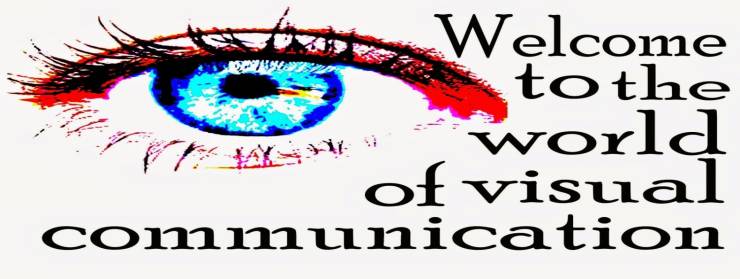
Have you ever thought about how pictorial illustrations effectively impact learning? You must be familiar with the adage, “a picture tells a thousand words.” Pictures are teaching aids that can optimally be used to boost understanding of concepts, including the often perceived complex studies. They enhance information, communication, and pattern assimilation among learning groups. What’s more?
Science Facts and the Benefits
According to science, visual aids are a form of communication that quickly draws interest among learners or people when explaining concepts. As instructional materials, they not only encourage and stimulate sensory body organs to process information better but also make learning appear practical, accurate, and actively engaging.
Educative pictures can take the form of video presentations, charts, real objects, pictorial models, maps, and slides, among other means. Images are a form of visual education that might not be necessarily written, gestural, or oral but also uses designs, colors, shapes, and marks to pass messages. Common examples include signs on the road, restrooms, restaurants, and train stations, among other places.
However, scientific innovations have equally introduced new technological devices that support pictorial views and analysis in different forms. As technology evolves, emerging innovations are likely to change how accurate and analytical humans can interpret and understand pictures, primarily through artificial intelligence.